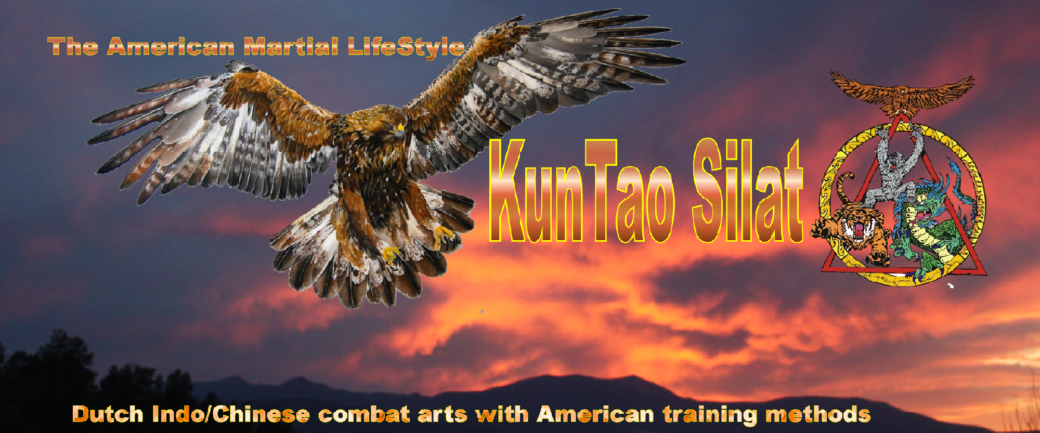If I seem to harp a lot on the important of “context” in my posts, it is because so much misunderstanding in the world of martial arts and its various subsections of focus are due to people equating whichever part interests them with the whole pie. When we are discussing the effectiveness of techniques, this can become complicated quickly because the physical response best suited to one context may not be the best in another.
Put simply, just because a physical skill is effective does not mean that it is appropriate. We have to consider legal, ethical, and situational/environmental circumstances. For example, which is more effective: a punch or an open hand palm strike?
For a combat sports player, odds are the former. Many “self-defense” specialists argue the latter. Martial artists who never train with contact will argue theories either way.
The correct answer from every player I’ve met who has live fire experience is: “It depends.”
What is the target (nose, chin, solar plexus, etc.)? Why are you hitting this person? Where are you? Who is witnessing the strike aside from you and the opponent? How well conditioned is the hand being used?
Any one of those considerations brings key factors to play in whether you choose to punch with a closed fist or strike with an open hand. Everyone I’ve met who has been in an altercation outside of a Dōjō or ring advises an open hand as choice #1. That being said, if one has sufficient Iron Skill training, a closed fist to the side of the jaw or below the ear is taught as viable as the structural integrity of the practitioner’s hand is less of a concern. Likewise, if your hand is wrapped, you can land closed fist blows with much less concern about the safety of your hands.
Conversely, if all you do is train open hand strikes, and then you put on 12oz gloves and step in the ring with even a casually proficient boxer, you are going to get lit up, because the spacing, angling, and effect or your blows on the opponent changes drastically. Your open hand training is inadequate because it has prepared you for the wrong situation.
My first teacher once did a fascinating experiment: He had all of us take off all of our sparring gear and go at it bare knuckle. Suddenly, all of these black belts with hundreds if not thousands of rounds of free fighting began moving like novices because the coverage their gloves offered against attack and the sensation of bone on bone was very different from gloved fighting. It was eye opening for me!
What about the other questions above? Here’s an infamous example: Does anyone here recall the Trayvon Martin case from a decade ago? Regardless of how you may feel legally, politically, etc, let’s look at a key detail that was center to so much of the debate: Martin employed a “ground and pound” strategy from MMA while fighting Zimmerman. In ground and pound you sit upon an enemy’s chest (mount position) and rain blows from above. The receiver is in extreme danger at this point as they not only have to contend with the overwhelming leverage of the strikes coming at them, but also the hard ground behind them. But is such a technique “self-defense?”
Remember that the legal definition of “self-defense” can vary jurisdiction to jurisdiction. Moreover, the ethical and moral considerations can vary by culture and subculture. In an MMA match, ground and pound represents one of the most dominant and effective ways to finish a fight. But an MMA fight is a consensual duel between athletes. Most jurisdictions require that the “defender” in a violent encounter retreat as soon as the opportunity is presented. Therefore “finishing off” an enemy now becomes a legal battle for the person claiming “self-defense.”
In KunTao Silat, we have a lot of lethal techniques that, if employed with sufficient force/skill, will permanently maim or kill an attacker. We also have a number of “less lethal” options for when the threat is not absolute (the proverbial “drunk uncle”). While we actively practice the follow through on many of our techniques, if we are being serious about “self-defense” we need to acknowledge that KunTao Silat originates from the violence of a “pre-modern” world of war where the expectations of force were VERY different, as was the legal aftermath (if any). While we should certainly preserve the efficacy of those responses to assault, we also need to recognize that if you are programming your sympathetic nervous system to always snap someone’s neck or stomp their head, you could be setting yourself up for prison.
As players advance in KunTao Silat it is vital that they work on being able to scale force and control their own response. For those of you teaching, please take the time to consider the local self-defense laws in your jurisdiction and specify in class what is “training for learning the whole art” versus “training for self-defense.”
I highly recommend the website http://www.nononsenseselfdefense.com/ for researching the legal and ethical considerations of “self-defense.”
Regards,
Dr. Jon
Discover more from KunTao Silat
Subscribe to get the latest posts sent to your email.

No comments yet.